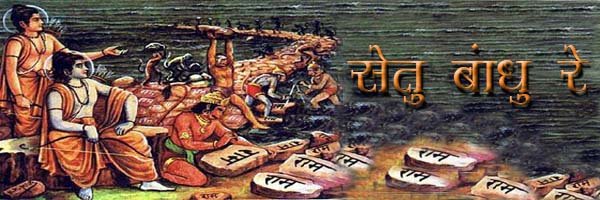
The following write up is the extract from the speech of Maha-dharma-varman Dr. Yogindrasinh Joshi's Aniruddha Poornima speech where he has clearly described the origin and importance of TRIVIKRAM.Trivikram is Anirruddha Himself, the Omkar, the Paramshiv, the Mahavishnu. It is the Gun Pratik (symbol) of Lord Harihar. Tri means three and Vikram means victory or to win over. Trivikram wins the entire universe in just three steps. Trivikram further means One who accomplishes various victories. Aniruddha bears the form of Trivikram. Lord Parmatma as Aniruddha has taken form of TRIVIKRAM to throw open His Nav-Ankur-Aishwaryas (Nine Forms of divine virtues) to His children i.e. Shraddhavans.Why does Aniruddha have to bear this form?It is because we as humans have been steadily blocking His way of entering our lives because of various Pradnya Aparadhs (breach of guidelines laid down by Lord Parmeshwar i.e. Lord Dattaguru of Satya, Prem and Anand). So to widen this road, Aniruddha has to take this form.Trivikram is the support for all the Shraddhavans. It enhances the principle of 'Pavitrya Hech Praman' (Purity is the only Reference). Trivikram kills evil, propagates and enhances the righteousness and establishes Maryada. Trivikram makes life beautiful and mannered. Trivikram is Prem-agni i.e. pure form of love. One can worhship TRIVIKRAM however he wants with pure bhav.Physical Description of TRIVIKRAM(Please refer the photograph of Trivikram attached above)>>> Trivikram has a black base called Dharmasan. Dharmasan represents purity.>>> Above it there are two pink flowers of lotus supported by strings. These flowers have 9 petals.The right string represents Pingala nadi (central cerebral cord) in the human body which stands for Sun and His warmth and also represents river Yamuna. This cord also represents love of Goddess Mahishasurmardini.The left string represents the Ida Nadi which stands for the moon and his calmness and also represents Goddess (river) Ganga or Ganges. (Both these cerebral cords originate from Cerebellum i.e. the lower part of the brain and end at the coccygeal area i.e. the bottom-most part of spinal cord. This cord also represents love of Goddess Anusaya.There is also the third cord which stays invisible called Sushumna which represents love of Goddess Gayatri.>>> Enclosed between these strings of lotuses is the black colored, pole-shaped structure called Vajradand. Vajradand represents love. This is the support of the Universe, support of all the Shraddhavans.>>> Above this Vajradand is placed another flower of lotus called Vajrakamal which again has 9 petals. This Navdal Kamal represents Goddess Jagdamba who is completely filled with divine brightness. The 9 petals represent Navvidh Nirdhar (9 fundamentals) and 9 Saman Nishthas (Equal Considerations) of all the Shraddhavans as given by P. P. Bapu in Shreemad Purushartha Grantharaj.>>> Between these strings of lotuses and the Vajradand but immediately above the Dharmasan there are two circular discs. Right one of Blood Red color and left with Turmeric Yellow color which represent Sun and Moon respectively. Sun represents Truth, it represents Jathar-agni (energy in stomach) in the human body and Moon represents happiness, it represents Dyanan-agni (zeal to learn).>>> The three colors found in TRIVIKRAM i.e. Red, Yellow and Black represent Kumkum, Turmeric and Abir or bukka which are considered extremely pure elements.>>> This Trivikram is a figure complete in itself.The blossoming of the petals of this Navdal lotus of TRIVIKRAM in our body would be proportional to the blossoming of our Bhav (thinking and considerations of our mind about love and faith towards the Lord).




 Blood donation is a unique donation.
Blood donation is a unique donation.










 idols are washed back to the shore, which is certainly not a pleasantsight to behold.
idols are washed back to the shore, which is certainly not a pleasantsight to behold. 


